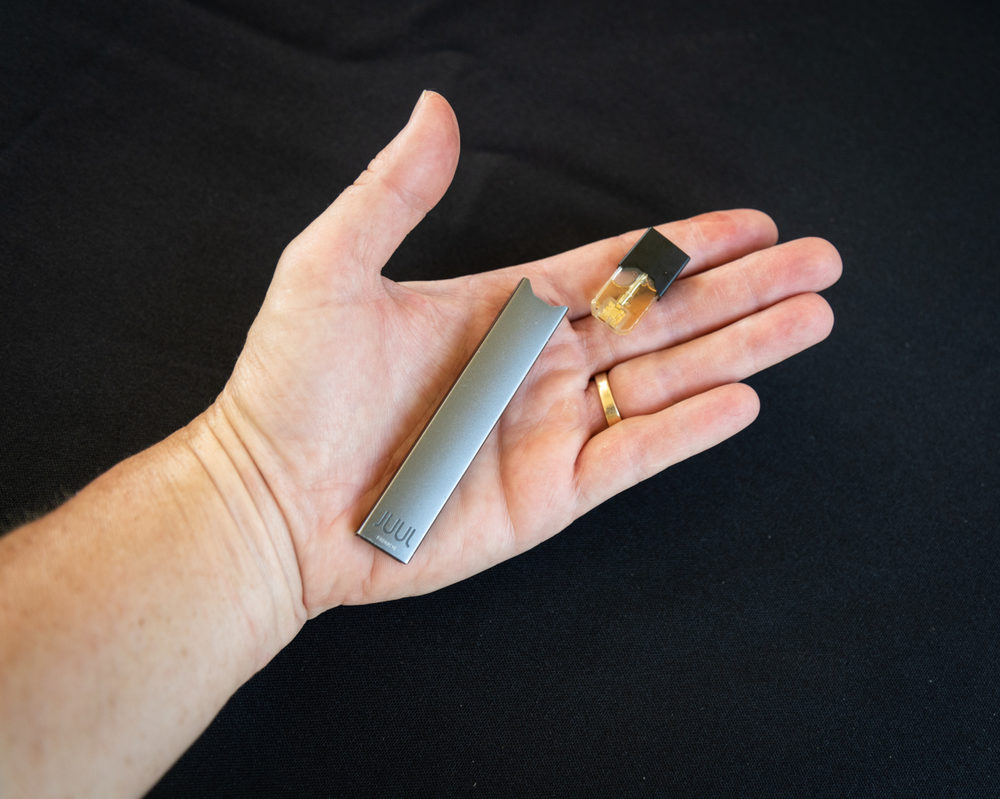Side Effects of Juul, Other Vaping ‘Pods’ Expose Teens to High Nicotine Levels: Study

Amid rising concerns about the health risks associated with Juul pods and other vaping systems, a new study suggests that the popular devices may expose teens to particularly high levels of nicotine, which could result in increased dependency and long term adverse health consequences.
The new pod e-cigarette study was published recently in the medical journal The BMJ, indicating that adolescents and teenagers using pod vaping pods are being exposed to higher concentrations of a modified, salt form of nicotine that is highly addictive to users.
Researchers from Roswell Park Comprehensive Cancer Center and pediatricians from Stony Brook Children’s Hospital collaborated to generate findings on nicotine exposure among youths who use pod systems, which are more compact, simpler form of e-cigarette that resemble the size and shape of a USB flash drive.

Did You Know?
Millions of Philips CPAP Machines Recalled
Philips DreamStation, CPAP and BiPAP machines sold in recent years may pose a risk of cancer, lung damage and other injuries.
Learn MorePod systems are advertised as an ultraportable and easy to use alternative to traditional vape pens and e-cigarettes and have become extremely popular among those attempting to quit smoking tobacco cigarettes and among adolescents.
The researchers surveyed patients between 12 and 21 years of age at three different Stony Brook Children’s Hospital outpatient clinics in Long, Island, New York from April 2017 through April 2018. Researchers collected voluntary survey data from more than 500 participants who answered a 60-question anonymous questionnaire about regarding their use of e-cigarette devices and gave a urine sample.
The urine analysis determined that individuals using Juul devices and other pod systems were found to have nicotine concentrations ranging from 21.8mg/mL to 56.2 mg/mL, which was significantly higher than what was found for those using traditional vaping devices.
The difference in nicotine level absorption between those using pod systems and those using tradition e-cigarette devices appeared to be linked to the type of liquid nicotine used.
Unlike traditional vaping pens, which convert nicotine into an aerosol form for inhalation, pods are equipped with liquids that contain high concentrations of a modified salt form of nicotine, which is more readily absorbed upon inhalation. Adolescents using pods were also found to have higher concentrations of cotinine, which researchers contribute to the salt form of nicotine being more efficiently absorbed than other forms.
According to recent research teens are vaping at increasing numbers and it has become the most popular form of tobacco used among young adults. Some experts have linked teen e-cigarette use to a higher likelihood a youth will smoke tobacco cigarettes. Another study published in 2015 indicated vaping was just as addictive as smoking tobacco cigarettes.
A recent report by the National Academies of Sciences, Engineering and Medicine indicates that e-cigarettes may be more harmful and addictive for teens than they are for adults, and that the introduction of candy flavored e-cigarettes are more enticing to adolescents.
Get more articles like this sent directly to your inbox.
"*" indicates required fields






0 Comments